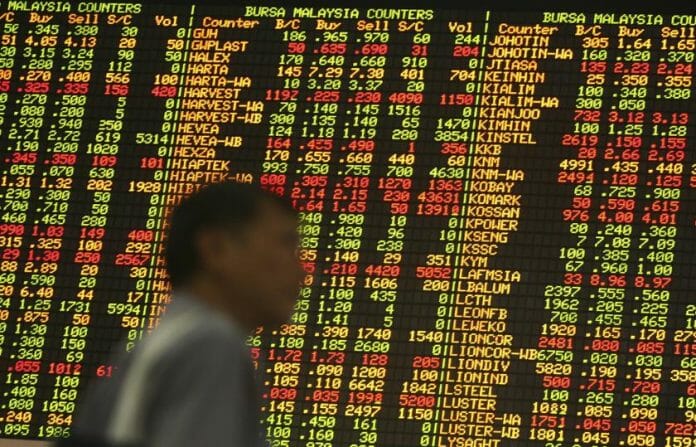Asian markets put in a mixed performance at best on Wednesday.
Markets appear to be lacking conviction as traders weigh up US corporate earnings results, good-but-not-great Chinese data, and the elephant in the room – whether the much speculated upon recession will arrive this year or not.
Corporate earnings so far are painting a generally positive picture, and this is instilling some confidence that the economy is in decent shape to weather any potential recessionary storms on the horizon.
Solid Chinese GDP and retail sales
Meanwhile the Chinese GDP and retails sales data was quite solid but industrial production and fixed asset investment figures missed the mark. The GDP figure of 4.5% is inching closer to the 5% target but a further pick-up in domestic demand is needed to fill the void.
But overall, there was enough in the data to suggest that based on the current trajectory, GDP prints of 5% and above are achievable in the second half of the year.
But what to make of markets’ attitude toward a possible recession? The FOMC has warned that a mild recession could be coming this year (as revealed in the March FOMC minutes) but based on the recent performance of the VIX (the CBOE volatility index, which is at 1-year lows), financial markets appear to be more focused on what a contracting economy may mean for lowering interest rates rather than on the broader economic implications of a recession itself.
So, if the present level of the VIX is any guide, recessionary fears appear to be taking a backseat for now.
During the latest trading sessions, we have seen a dip in the USD and a lowering of treasury yields which has allowed the gold price to again reclaim the US$2k level.
Oil clings to US$80 a barrel
Meanwhile the WTI oil price is clinging onto the US$80 per barrel handle, with the Chinese data not quite convincing enough to spark a break higher beyond current resistance levels.
Euro, GBP and Aussie dollar gain vs US dollar
Elsewhere, the euro, sterling and AUD all clawed back some ground against the greenback. While a May hike by the Fed is getting increasingly priced-in, the outlook beyond May is far more uncertain and this is curtailing any potential USD upside.
While the RBA minutes released this week showed a willingness by the central bank to keep going with rate hikes, which is providing support for the AUD from a yield-expectations perspective.
Later this week we have plenty of key data due for release in both the UK and Eurozone which traders will use to assess the interest rate outlook for both the BOE and ECB respectively. But in the meantime, the corporate earnings season will likely be the main driver of market sentiment, with traders combing through the results looking for any underlying weaknesses stemming from the banking crisis from March.
Market commentary and analysis from Tim Waterer, chief market analyst at KCM Trade









